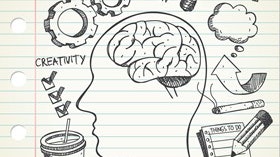Homepage
•
Learning Library
•
Blog
•
A sketchy approach to learning
Expand breadcrumbs
Expand breadcrumbs
- Learning Library
- Blog
- A sketchy approach to learning
- Homepage
- •
- Learning Library
- •
- Blog
- •
- A sketchy approach to learning








